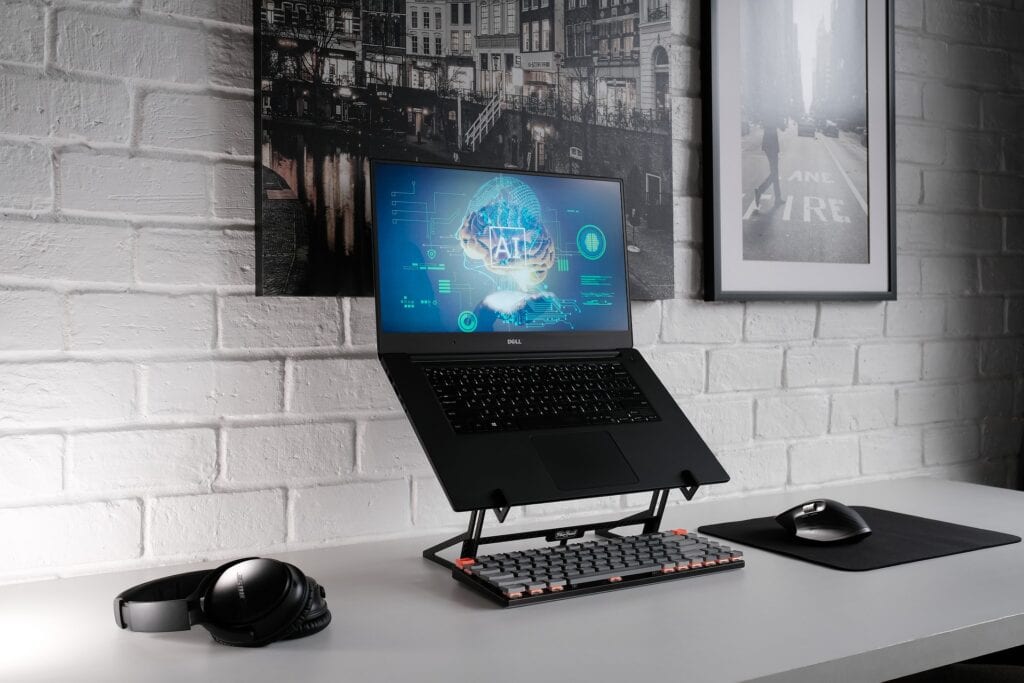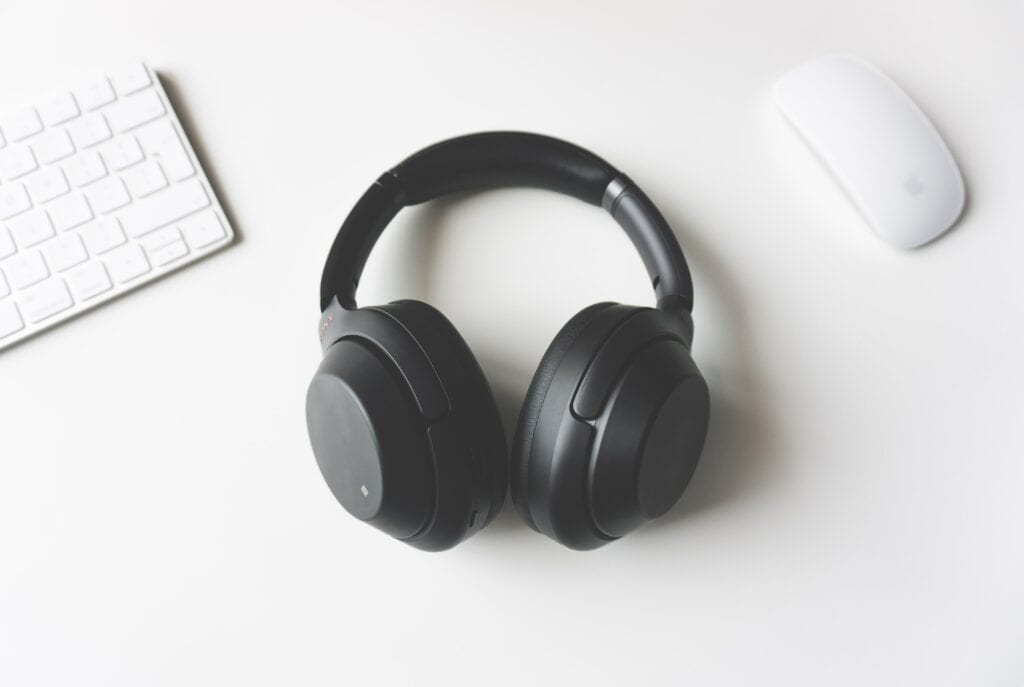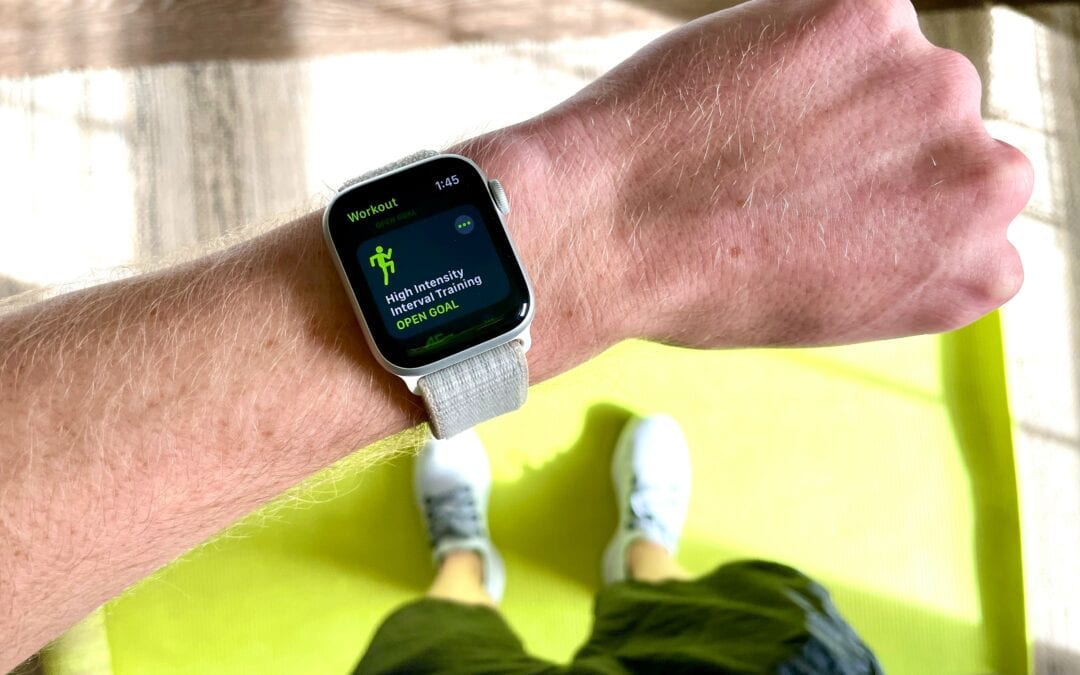As a society, we are more aware than ever of the health dangers associated with our increasingly sedentary lifestyle. Though as a collective, we are also failing to deal with this problem.
The rising number of people with health problems such as obesity, diabetes, abnormal cholesterol, and heart disease isn’t just down to the increasingly high fat, processed foods that we eat. It is also linked with the fact that a lot of us spend a big portion of the day sitting.
We sit in the car or other mode of transport, we sit in the office, and we sit in front of the TV, we sit when scrolling on our cell phones.
The human body is designed to be upright, and all of our bodily functions tend to work better when we are on our feet. Our heart, cardiovascular system, and even our bowels function better when we are on our feet. And when we spend too much time sitting or lying down, they can start to malfunction.
Even if you spend a lot of time sitting for work, you might think that this isn’t a problem for you because you also hit the gym hard several times a week. But the research suggests that even seven hours of intense exercise a week, which is much more than most people get, can’t counteract sitting continuously for around seven hours a day.
This is why it is incredibly important to try and break the habit of sitting continuously for long periods of time, especially during the workday.
But digital nomads have an additional challenge, as a lot of the very good advice for how to keep more active at work can be hard to apply when you are a travelling remote worker.
Invest in a standing desk, or even put a treadmill in front of your desk. These aren’t things that you are likely to be able to do when you are on the road.
Walk over and speak to colleagues personally rather than email or call. You probably don’t have any colleagues in the vicinity and need to use your computer to get in touch. You are going to have the same problem when it comes to ideas like organizing walking meetings.
So, as a digital nomad, what can you do?
Stay Active While Working: Tips for Digital Nomads
While you don’t have the same options for hacking your workspace to keep yourself active when you are on the road and calling a new location home every few weeks, there are some very simple things that you can do to keep active during the day and mitigate the risks of excessive sitting.
1. Take Regular Breaks
First and foremost, you need to organize and discipline yourself to take regular breaks.
Don’t trust that you will know when to take a break, or even suggest that you will take a break at the end of a certain task. We’ve all been in the situation when an email comes in and distracts us, or we encounter a complication with a task that requires a lot more time. You find that you are still staring at what you thought was a 20-minute task four hours later, and you haven’t budged from your chair.
Set yourself an alarm to remind you to take a break around every 30 minutes. Have a snooze button if you just need a few more minutes to finish something off. But if you think it is going to take more than another ten minutes, take your break immediately.
Regular breaks aren’t just good for your physical health. Staring at a computer screen for a long period of time can strain your eyes, and taking regular breaks are good for your concentration and creativity.
2. Make Your Breaks Active
While just standing up and walking around the room for a minute during your break is already a big improvement, you can do better.
Create for yourself a list of simple exercises and stretches that you can do within about five minutes to give your body a boost during your break.
You will find lots of resources online that suggest a variety of exercises, and no shortage of Instagram accounts sharing little things that you can do quickly.
But try and think about it in blocks.
First, do something quick to elevate your heart rate. This could be jumping jacks or running on the spot with your knees up. Basically, if you don’t have a lot of space, anything that involves jumping is a good bet. If you go from sitting, just 30-60 seconds is going to see your heart start to race.
Next, choose a muscle group to work, and you can rotate between the different muscle groups during your different breaks. Maybe you do some squats, with a weight if you have one, during your first break. In the next break you might do push ups, the next one you can work abdominals, and so forth.
This isn’t you at the gym doing your serious workout. You just want to spend 1-2 minutes activating the muscle group. There is no question of working the muscle to soreness or exhaustion. These exercises are just to get the blood flowing to these areas of the body.
Next, spend 30-60 seconds stretching the muscle that you have just worked.
Finally, spend another 30-60 second doing a quick stretch for the back, since this is one of the areas of the body most affected by extended sitting. If you don’t want to get down on the floor and do an extended child’s pose or spinal twist, then use the wall.
Stand 1 or 1.5 feet away from the wall. Extend your arms directly above your head, and then place your hands on the wall in front of you. Finally, trying to keep your hips above your feet, try and touch your chest to the wall. Hold for 20-30 seconds.
If it is too hard, move your feet closer to the wall, if it is too easy, move your feet further away.
If you go in with a plan, all of that should take you less than five minutes, and you are ready to sit down and get back to it (after a quick drink of water of course – stay hydrated).
3. Raise Your Screen
One of the best things that you can do is stand while you are working, as it is a more natural and active state for your body. This is why standing desks are becoming increasingly popular with workers who spend a lot of time in front of the screen but are also conscious about their health.
Unfortunately, most digital nomads are unlikely to have access to a standing desk. It is not something that you can take with you, and it is not the type of things that you will find in most shared working spaces.
But you are probably working with a laptop, which means that raising your screen up to eye level isn’t vey challenging, you just need to find something taller to put it in top of.
While you probably won’t want to do this while you are typing, as it will also mean lifting your arms up above your shoulders, you can do this any time that you are mostly reading.
If you are looking at emails, reading reports, or catching up on the latest industry news, take the opportunity to get on your feet, and put you screen up at a higher level.

4. Get a Separate Keyboard and Screen
While sitting is bad for you, even worse is sitting hunched forward over your computer. This is a major problem for digital nomads, not only because we rarely have control over things such as the height of our screen and the ergonomics of our chairs, but because we use laptops.
Laptops invariably mean that the screen is too low for your eyeline, which encourages you to hunch forward in order to get your head lower. The keyboards on most laptops are also too small, forcing you to turn your elbows in to use your keyboard and mousepad. This also encourages hunching forward.
While you can’t take a standing desk travelling around the world with you, you can take a separate keyboard and mouse.
This means that you can raise your screen to eye level. You don’t need any fancy equipment for this, a stack of books, a box, or something else in the vicinity will usually do the job. Though you certainly can get very portable stands for this purpose as well. You can then keep your keyboard (of an appropriate size) and mouse at waist level.
While this won’t cure the problem of needing to stand, it will certainly minimize the damage that you are doing to your back through extended sitting.
You can read more about the importance of good posture here.

5. Invest in a Headset
Another piece of kit that you can take with you as a digital nomad is a headset.
When you need to make calls, don’t sit down in front of your screen, pop on your headset and walk and talk.
You won’t feel strange pacing your space if you are also involved in important conversation.
This is also a good thing to do when you are catching up with family and friends. Remember, working is not the only time that you spend sitting.

6. Consider the Other Times that you Spend Sitting
It is very important to remember that work is not the only time that you spend sitting. You might sit for a long time when voice or video calling with family and friends back home, or when at the local restaurant or bar with your new friends.
Minimizing the time that you spend sitting at these times can also be of great benefit to you.
Engage in the same “walk and talk” philosophy when chatting on the phone. If you are doing video calls, make sure your screen is at eye level so that you can look directly at it, rather than needing to crook your neck downwards. For this reason, it can be better to use your laptop for video calls rather than your phone, with the screen placed at eye level, like when you are reading.
When you go out with friends, consider standing at the bar rather than sitting at a table, or even better, going for a hike rather than going for a drink. Obviously, you don’t want to be a killjoy, but when there is an opportunity to stay on your feet, you can at least suggest it.
If you are watching Netflix, turn off the automatic play for the next episode so that you get a reminder to get up and move around. You could use similar exercise techniques that you use during the workday, or you could take the five minutes to complete a quick household chore.
If you are doing anything else that requires extended periods of sitting, don’t forget to set yourself a reminder to take a break and move your body.
7. Invest in a Fitness Tracker
Some people love quantifying themselves, while others hate it, but a fitness tracker can be a great way to make sure that you don’t spend too much time sitting.
You don’t need anything super fancy that tracks heart rate and quantifies every type of exercise (unless that is something that you want). All you really need is a fitness tracker that tracks steps and can send you alerts when you have been inactive for too long.
The number of steps that you take, excluding formal exercise, can be a good indication of how much of the day you have spent sitting. If you are sitting, by definition you are not stepping. So, monitor the number of steps that you naturally take each day, and try to increase it.
You can also set your tracker to let you know when you have been sitting for too long, and you can usually define that period of time. This can be particularly useful during leisure times, when you don’t want to set yourself an alarm. It can give you a discreet reminder to maybe go up to the bar or walk over to the bathroom to stretch your legs.
![]()
8. Prioritize Exercise
While exercise might not be able to counteract an entire day of sitting, it can certainly help, and is important to your health in so many other ways. So, make exercise a priority. Don’t make it something that you do when you have time, make it an unbreakable appointment that you have with yourself 3-5 times a week.
Exercise also isn’t always easy as a digital nomad. You might not have access to a gym and jumping into local sporting or workout groups can be challenging when you are only passing through.
Fortunately, we have already written a guide for getting enough exercise while you are on the road.
The Verdict
There is no doubt that sitting for extended periods of time is bad for your health. But like with so many things in life, it is simply a habit that needs to be broken.
The key is to actively try and develop new habits that are designed to get you up on your feet and active more often throughout the day.
This can feel like a lot of work at first, with tracking, and alarms, and reminders. But once you get in the habit it will become second nature, and you will be living a healthier digital nomad lifestyle without even realizing it.












